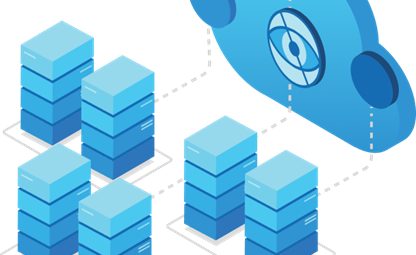30 Nov 2017
Trends in CI/CD Revolutionizing Modern Development

If you are a developer or you know a thing or two about the practice, then you meet these two acronyms CI (Continuous Integration) and CD (Continuous Delivery extending to Continuous Deployment) quite regularly. These revolutionary strategies are transforming and updating the sustainability of software development and release to customers daily. CI/CD is invaluable because (CI) perform progressive building, regular integration and testing of features and merging of changes by the developers on a central repository. And CD, on the other hand, automates and coordinates code delivery, keeping it in a deployable state which can further extend to an automated Continuous Deployment system to release the thoroughly tested and successful build. We shall look at the progress of some of the CI/CD tools.
Besides the benefits of speed, easy of the software development and release process and early detection of bugs, modern trends in technology continue to enhance the CI/CD process. Since they all relate to each other, many thought it prudent to use them together in the form of a CI/CD pipeline. And with the continuous adoption of DevOps, thus came the creation of UI-based automation tools and platforms for the CI/CD pipeline such as Jenkins, Team City, and Bamboo among others that are self-hosted. Cloud hosting then brought about CircleCI, TravisCI, Shippable, and CodeShip.io. Jenkins, an open source project, being among the first is a household name which enjoys massive support and is quite popular. However, with the changing times and continued improvement in technology and its diversity, it is prudent to explore your options and find out which one best fits into your development workflow.
Our primary focus in this article is cloud-hosted CI/CD. With the preference of the Cloud increasing, software like CodeShip.io and CircleCI are the modern ways to deploy a CI/CD pipeline. Each has its various advantages over the other for example, CircleCI integrates with code repository systems like Github, testing tools, bug tracking system like JIRA and other 3rd party tools. It also supports Docker, but one has to use the one Docker image for all the steps in your build process. CodeShip.io shares the same ability to integrate with secondary tools. However, one may use different Docker images for the various setups in the build which is a slight advantage over the former platform. Other tools like Shippable and TravisCI also have their pros and cons and are options worth exploring.
There are more CI/CD pipeline developments even going into mobile device clouds. Keep reading our blogs for the latest in CI/CD among other evolutions in technology.
For more information, contact our team today.


